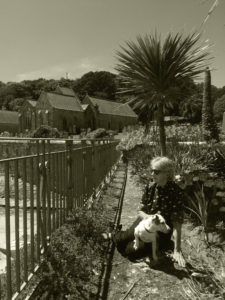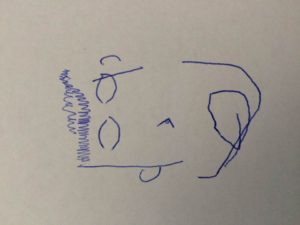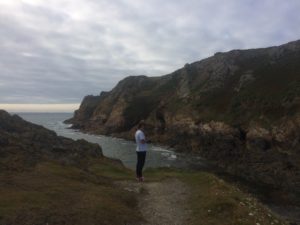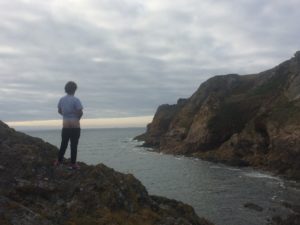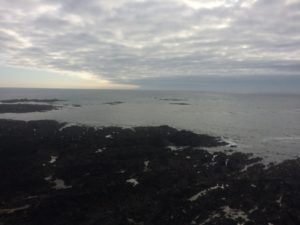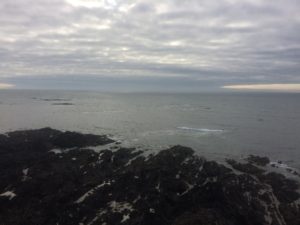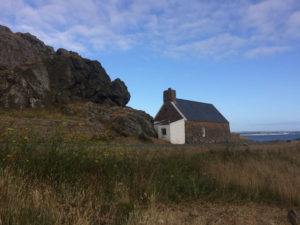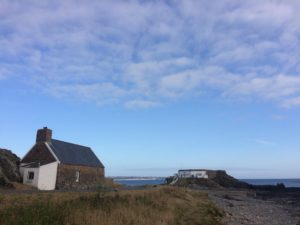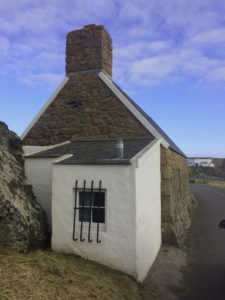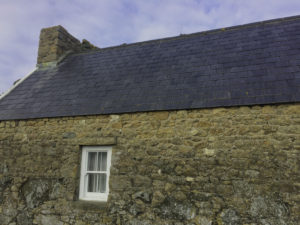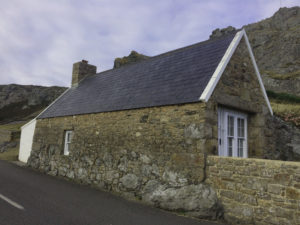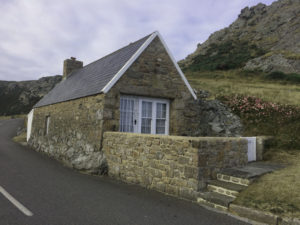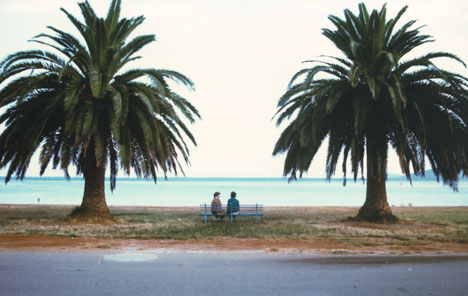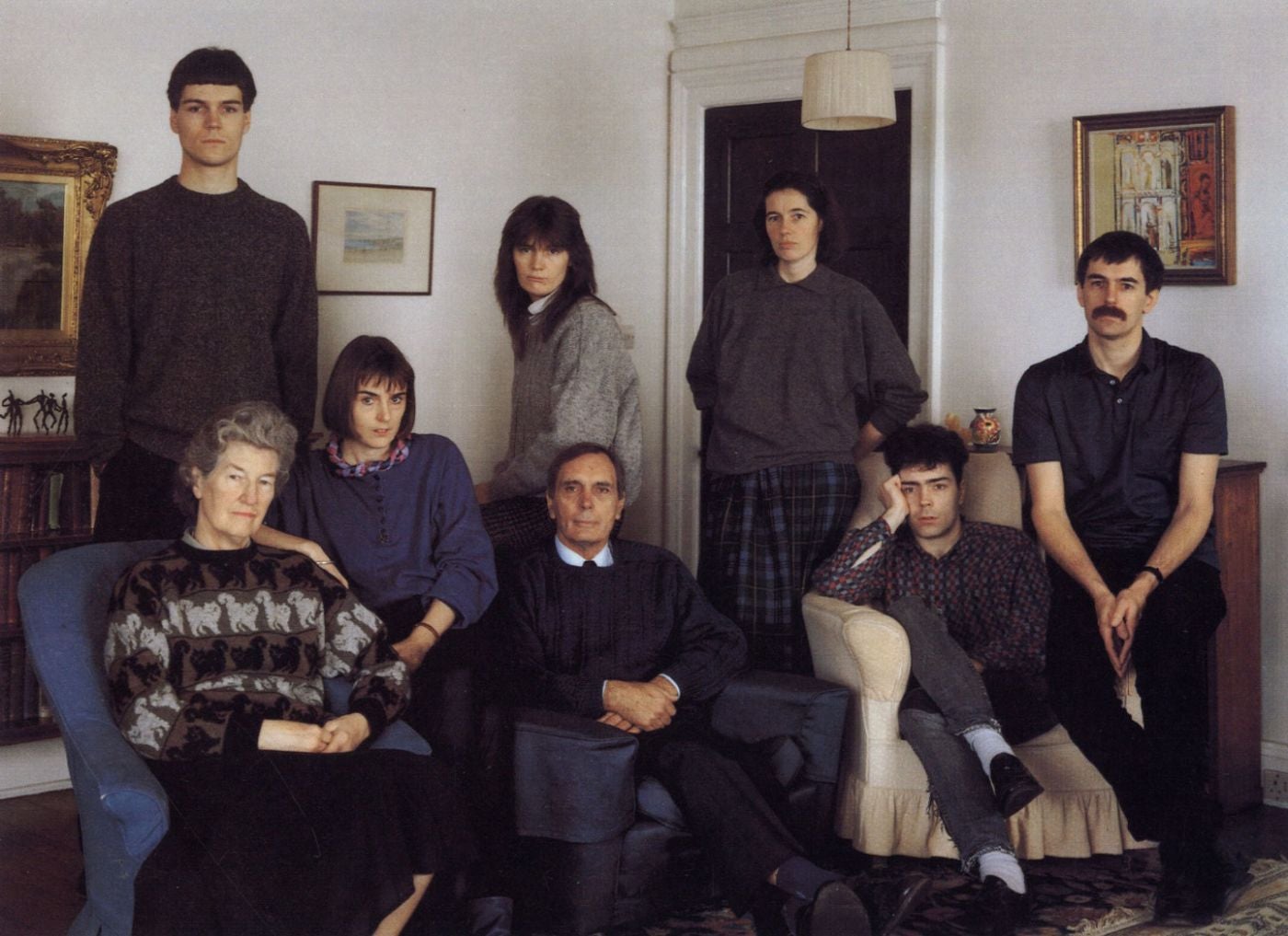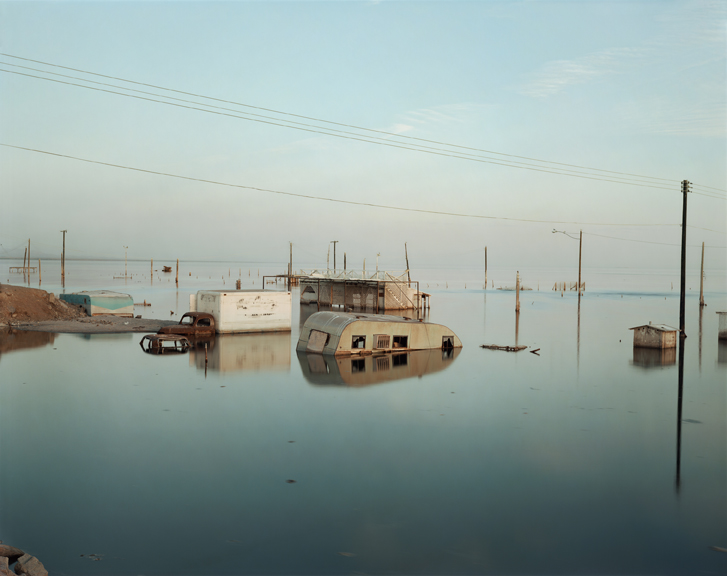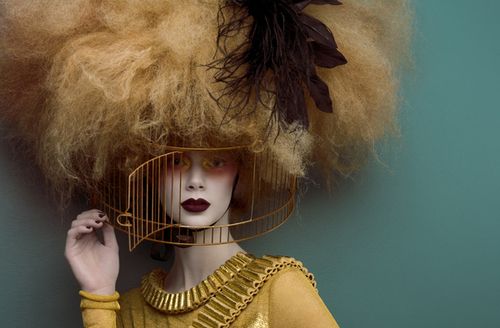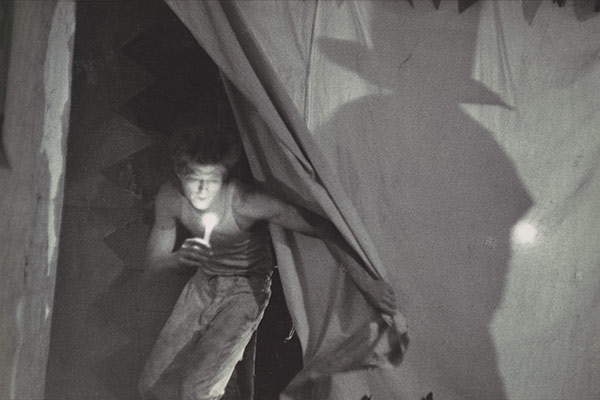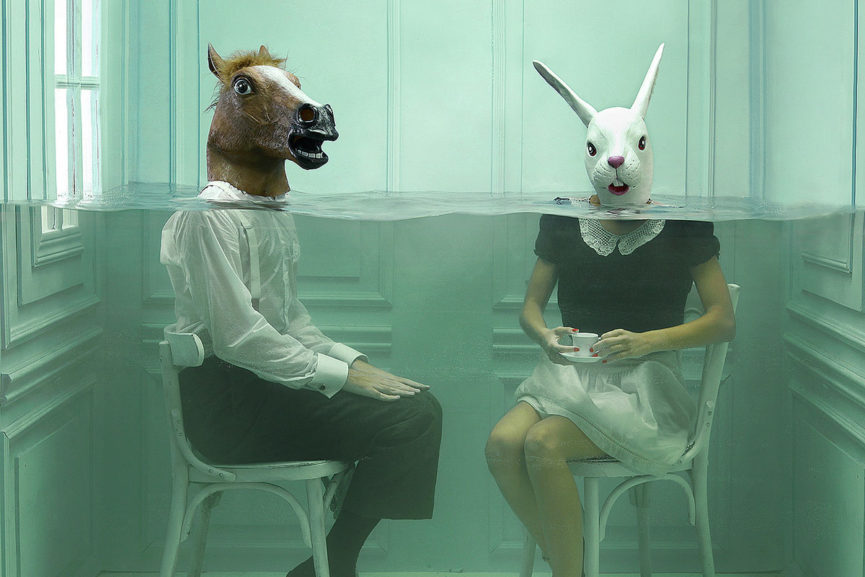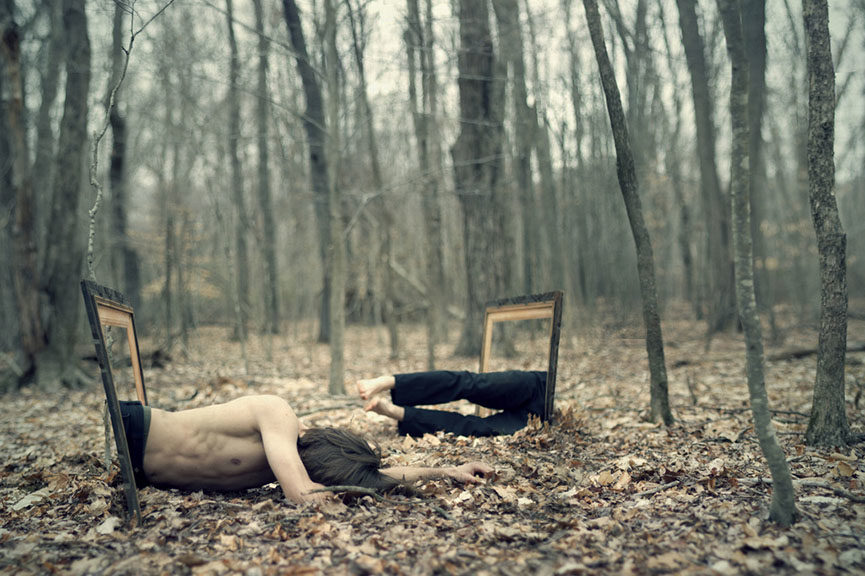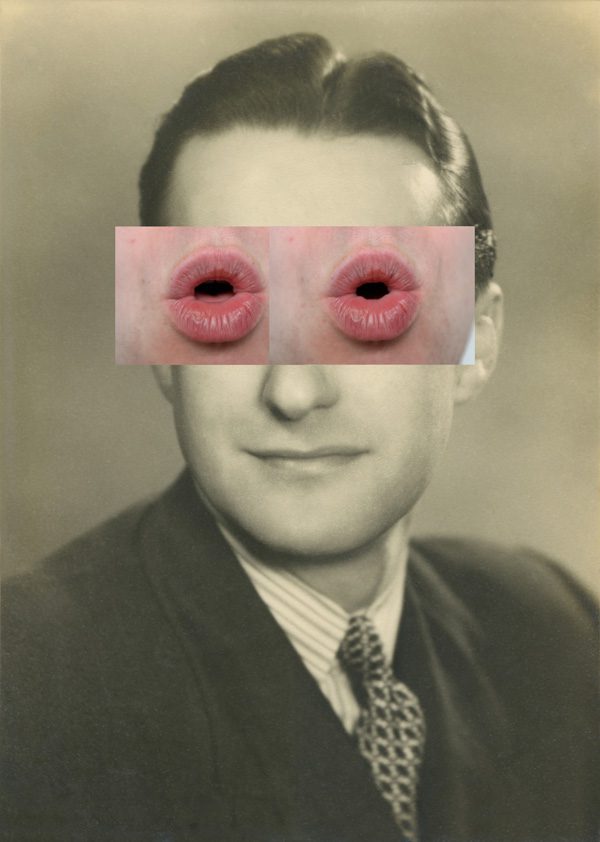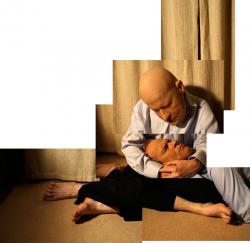Lucy Renee Mathilde Schwob or Claude Cahun was an iconic artist, particularly recognised for her photography which was considered rather peculiar for her time period but looking back retrospectively, the modern generation has agreed the French national was ahead of her time. The advanced Claude Cahun was most definitely promoting a minority as she was born into a Jewish family, an unpopular religion throughout history, however, she was also a lesbian and lived with partner Suzanne Malherbe, who renamed herself ‘Marcel Moore’. Potentially, Cahun’s underdog stature within society caused her to follow up with her surrealism production through art and literature. Cahun had a focus upon ridiculing traditional concepts of gender roles as she exploited her androgynous nature to defy society’s pretensions.

San Francisco, 1928

New York, 1920
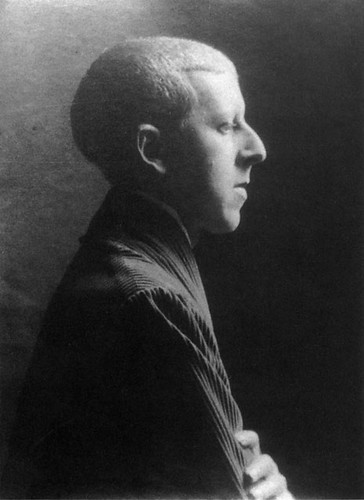
Paris, 1920
During World War II, Cahun and her partner Moore created propaganda within the occupied Channel Island of Jersey. The two worked extensively in producing anti-German fliers and they inconspicuously crumpled up and threw their fliers into cars and windows. In many ways, Cahun and Malherbe’s resistance efforts were not only political but artistic actions, using their creative talents to manipulate and undermine the authority which they despised. However, Cahun’s subversive behaviour was a dangerous game and this led to a death sentence in 1944, fortunately her punishment was never carried out, but her health never recovered from her treatment during the war and she died in 1954.
It wasn’t until 40 years after her death that Cahun’s work became recognized, mostly thanks to Francis Leperlier despite Cahun’s wish to not become famous. To further her fame, David Bowie hosted a specific exhibition for Cahun’s work in New York in 2007.
“You could call her transgressive or you could call her a cross dressing Man Ray with surrealist tendencies. I find this work really quite mad, in the nicest way.Outside of France and now the UK she has not had the kind of recognition that, as a founding follower, friend and worker of the original surrealist movement, she surely deserves.”
Nothing could better do this, I thought, than to show her photographs through the digital technology of the 21st century and in a setting that embraces the pastoral sanctuary of her last years.
Conveniently for me, me and my dad live in Cahun’s old property in Saint Brelade’s, Jersey. Looking through her series of images, you can see where she’d taken some of her photographs on the property which is obviously an interesting and unique situation for me as a photographer and fan of Cahun’s work. We have access to a few Cahun based sources which of course are beneficial for my study into the artist. In order to further my research into the photographer, I plan to utilize the Societe Jersiaise online archives. This process will help me piece together the history of the environment me and my father live in whilst exploring a famous and relevant photographer.
Examples of Claude Cahun’s photographic surrealism…

Paris, 1915

Bifur, 1930

Paris, 1928

Paris, 1928

Paris, 1917

Paris, 1939
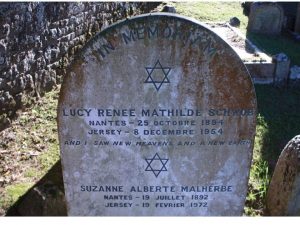
An image of Claude Cahun and Marcel Moore’s graves with their actual names, which reinforces how their fantasy names which everybody recognizes them by, are ignored and their reputation and work is unappreciated which coincides with Claude Cahun’s involvement in the image to follow.

This image created by Claude Cahun depicts her relationship with her partner; Marcel Moore. This image was taken in 1928, long before homosexual relationships were socially acceptable, yet Claude Cahun experiments with this sense of surrealism as she photographs herself and her partner. Although Cahun and Moore maintained a low profile despite their alternative style of photography, in their death their work has been appreciated by the likes of Bowie as they’ve been deemed the founders of surrealism.
Cahun explores the use of two different mirrors to exploit two different emotions as behind closed doors the couple’s homosexual relations are acceptable which is evident through the joy of Marcel Moore. Cahun’s facial expression is more of a concern as she faces society. The intimacy of the image can be displayed by the indirect eye contact of the couple in question. Although both females, Cahun uses the mirrors to divide up the image as she exploits her androgynous physical nature. Note how Cahun (left) is looking away from the mirror and is dressed like a man to the outside world, however, Moore (right) is peering into the mirror, suggesting she prefers the side to Cahun that is not socially accepted. Marcel Moore looks into the mirror smiling as she is excited by the alternative side to Cahun, which can be fundamentally be seen as subversive which reflects the couples life as they often went against authority, for example, in Jersey during the occupation, they created anti-Nazi propaganda. Contrastingly, Cahun who faces the real world has a blank facial expression as she creates this sense of a facade as she cannot expose her feelings to society as it was not acceptable.
Although the image is not what we’d expect of a family photograph, Cahun does display the struggles her and her partner faced to be with one another as they tried to create a family, especially in the small community of Jersey.
I thoroughly enjoy the meaning of this image as a couple from the early Twentieth century challenge society’s pretensions and they act loyal to their subversive nature. The more I study on the work of Claude Cahun, the more interesting and meaningful the images become as although she started her photography over a hundred years ago, her contemporary style is very fitting to modern day society. This image also inverts expectations as we’d expect a lesbian to promote homosexuality and paint it in a pretty picture, however, Cahun focuses on the struggle she faces for being different, which fundamentally, led to global attention she has received now she’s dead.





